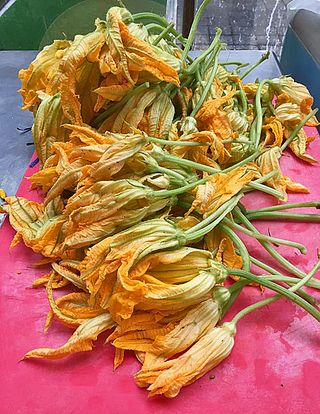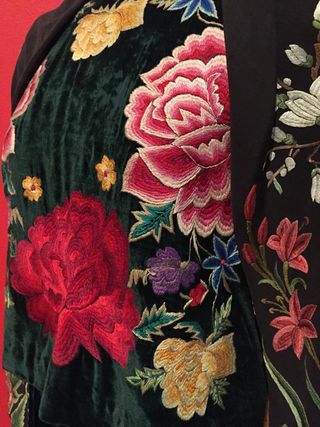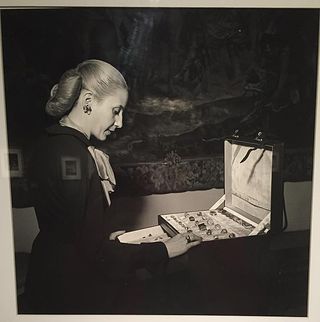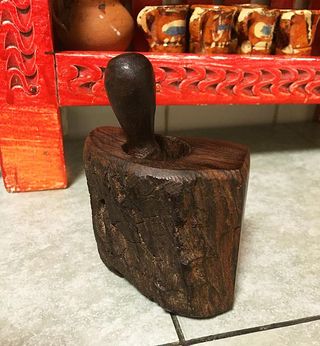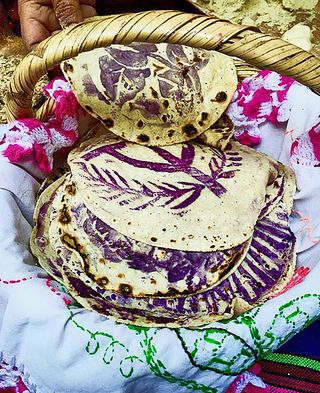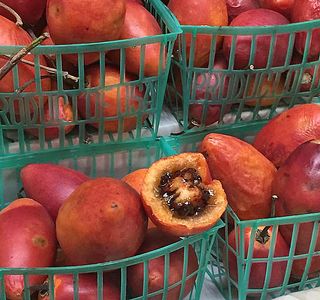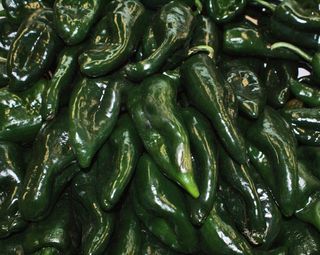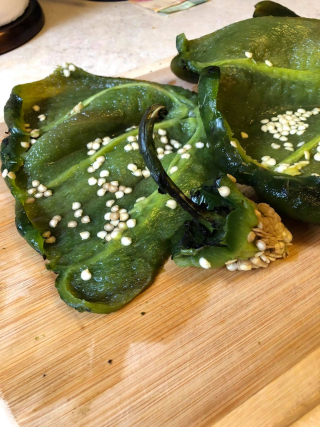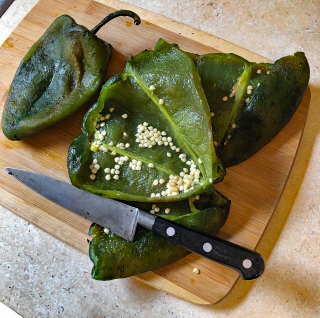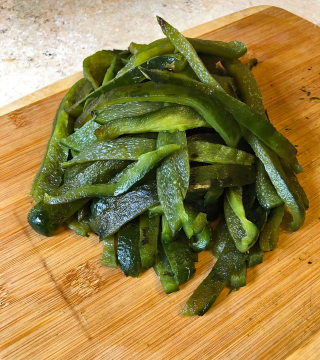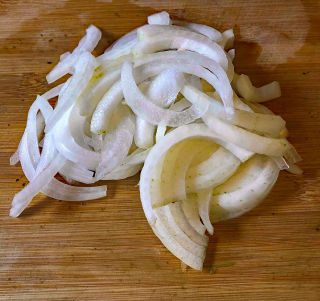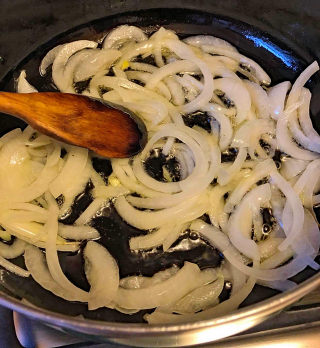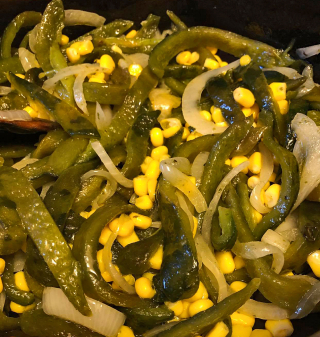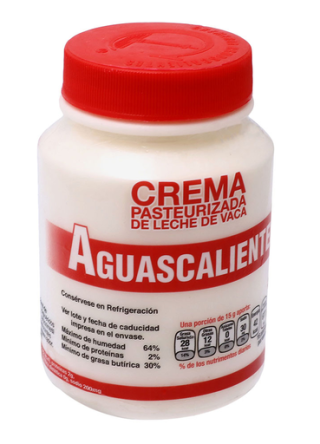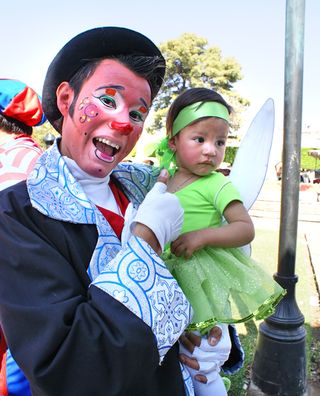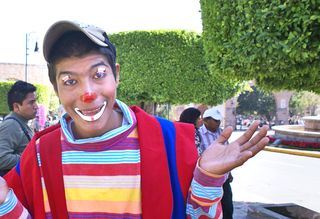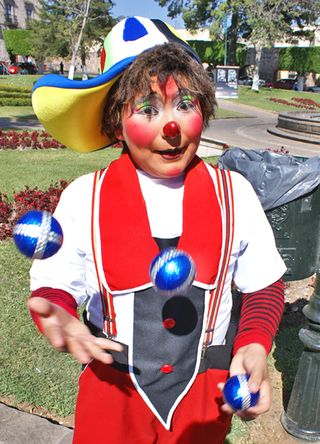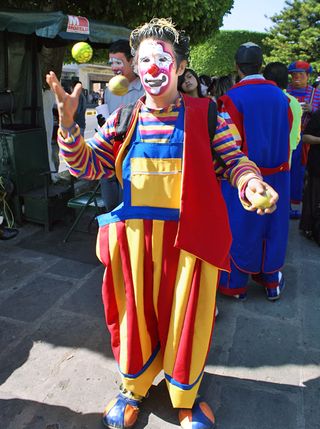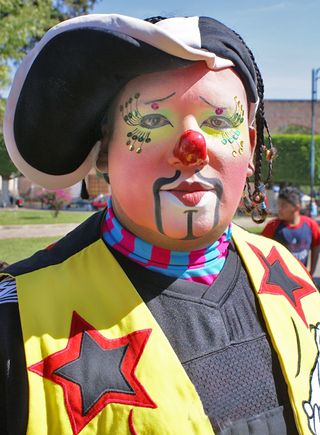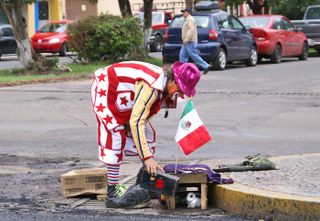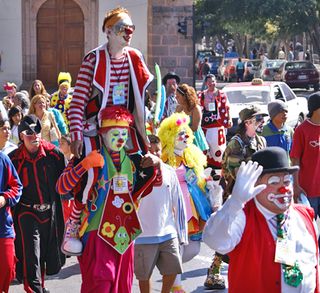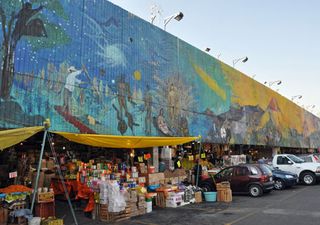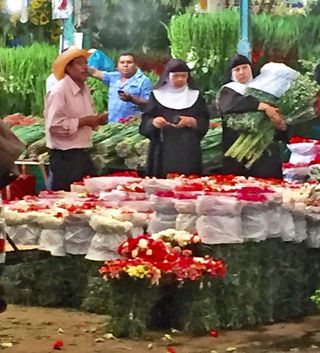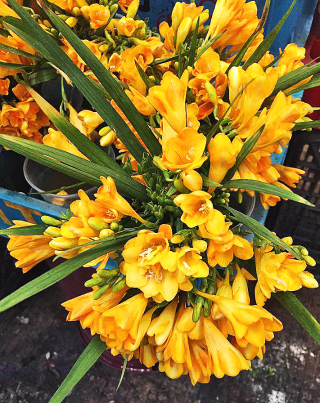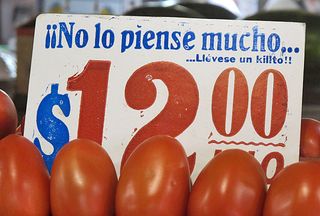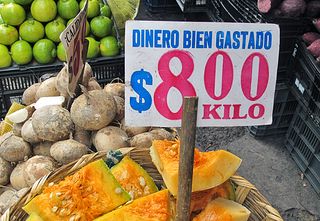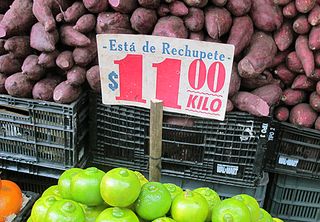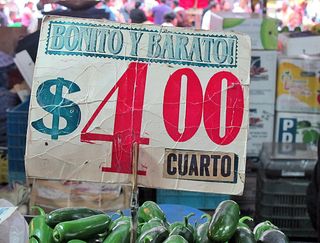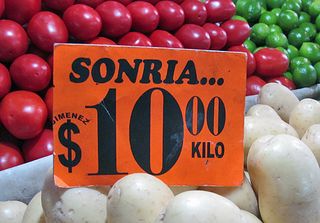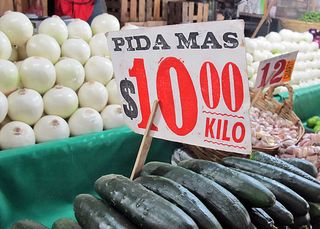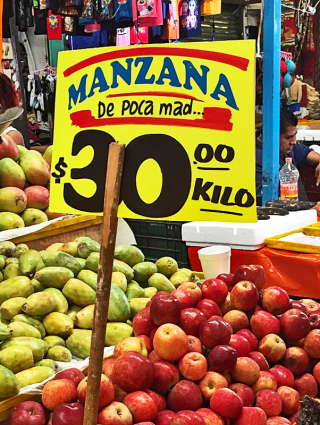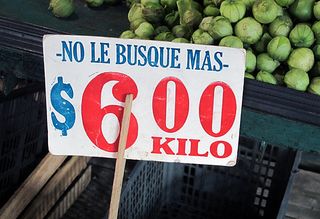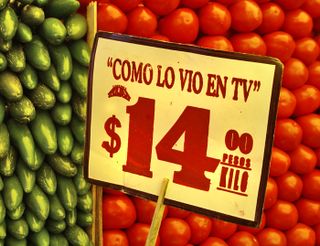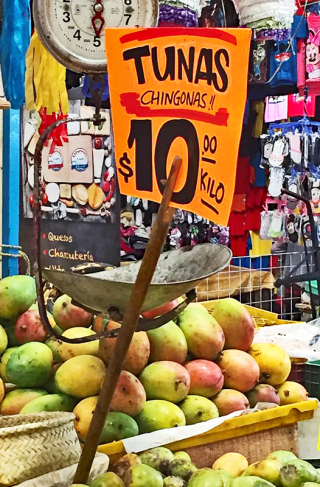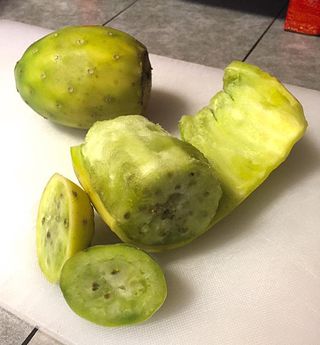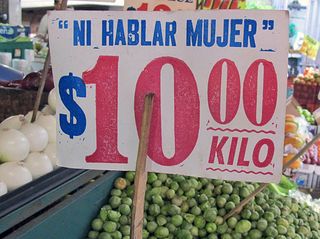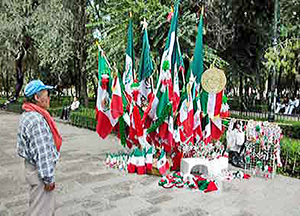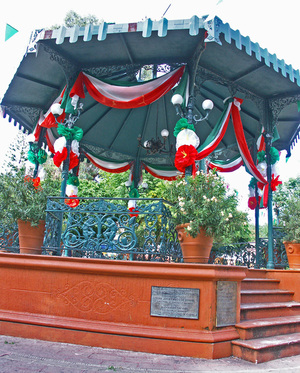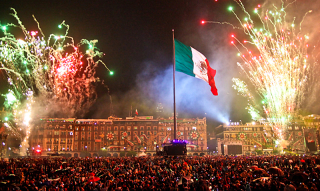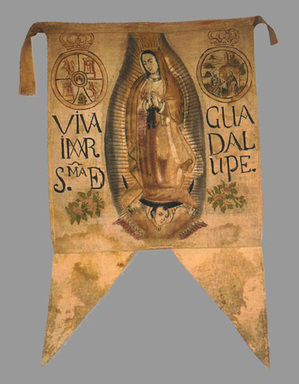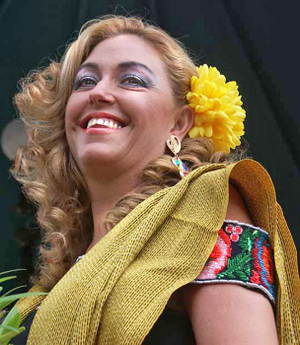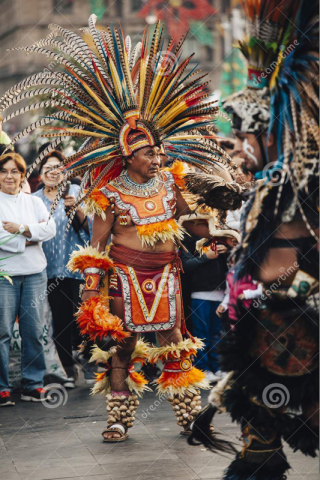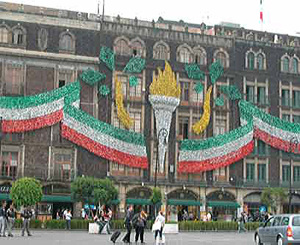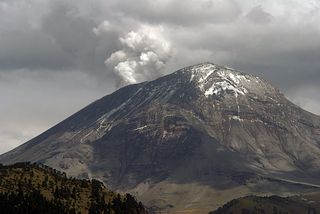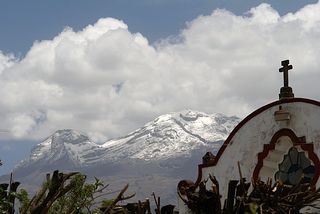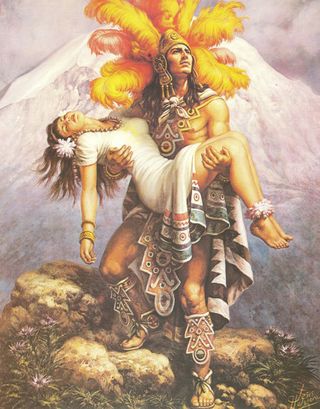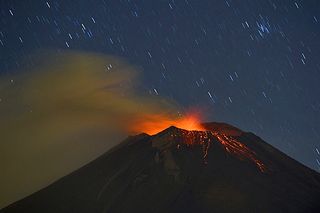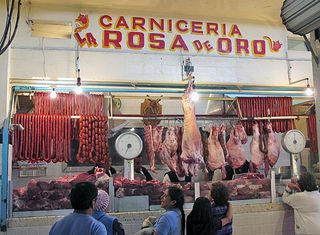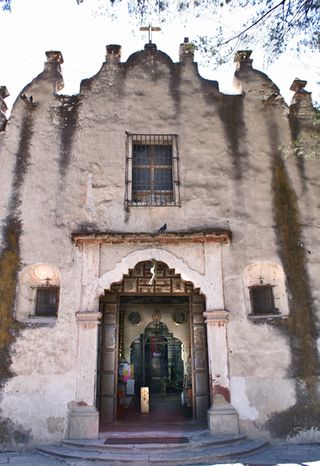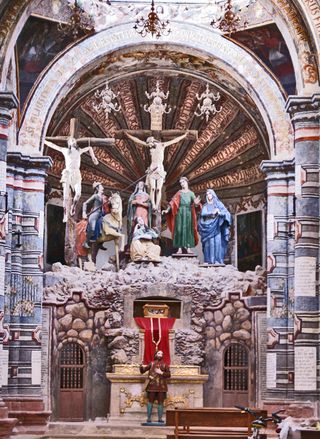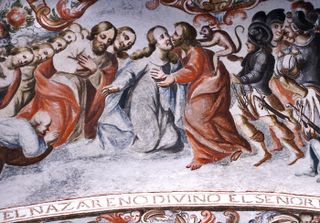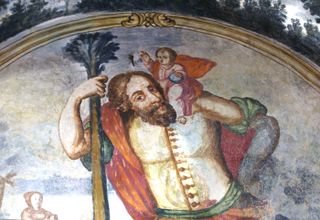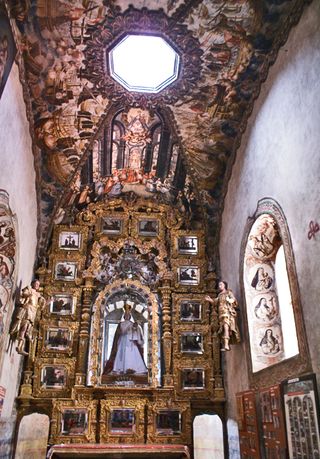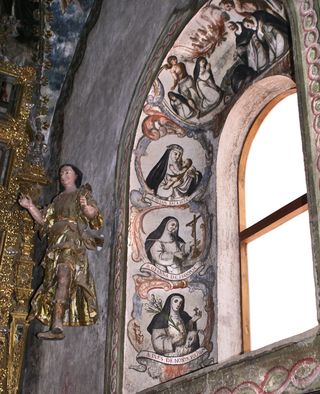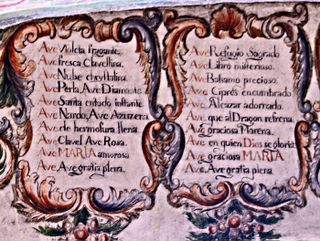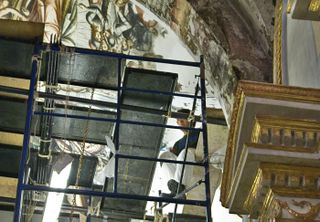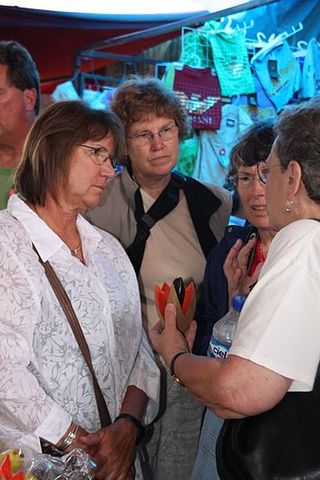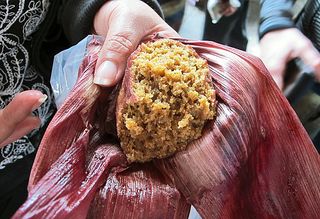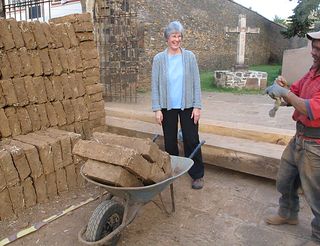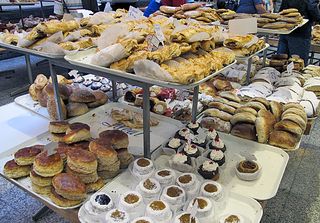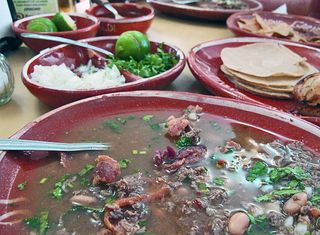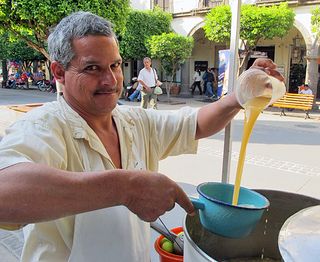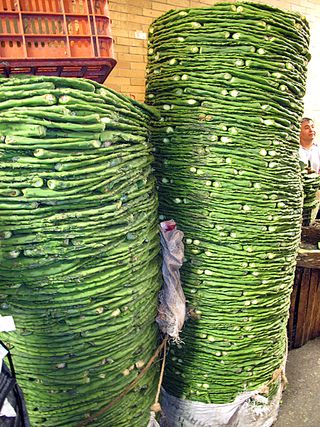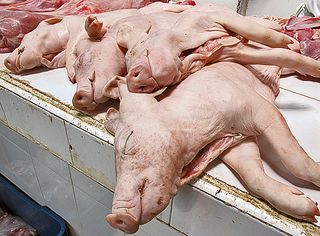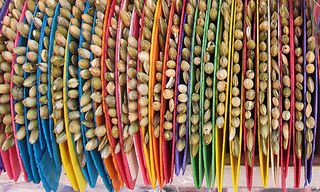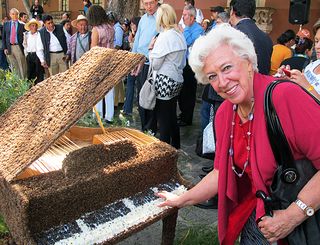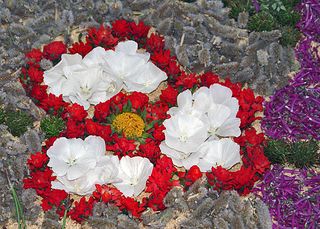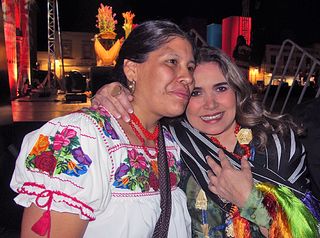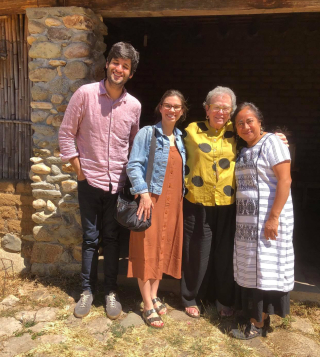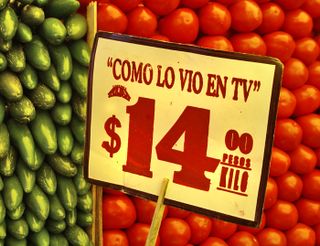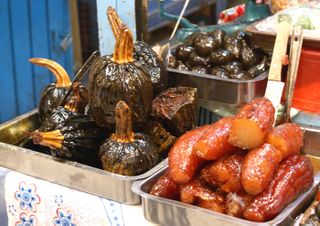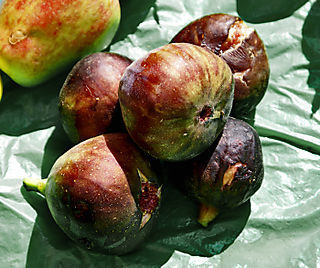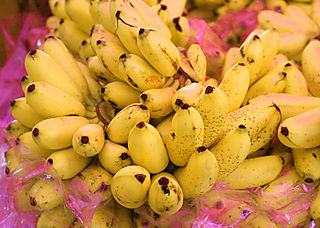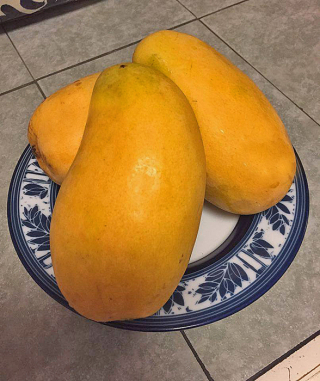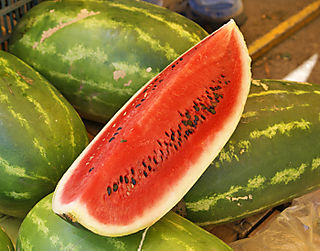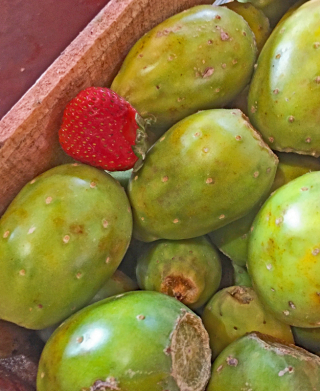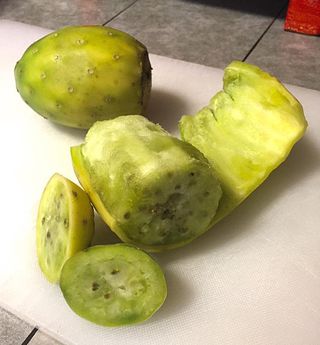Due to the pandemia shutdown starting in March 2020, Mexico Cooks! has not been able to travel around in Mexico (or anywhere else) as usual this year. I'd like to give you a "taste" of Mexico City in the summer of 2015, when life was different and moving about the country was simple. My fond hope for all of us is that many of you will return to visit Mexico in 2021: lovely and delicious things await you here. Be sure to email me about food tours: I take small groups to many places in Mexico City, Oaxaca, and Michoacán–a little-known, fascinating, and delicious state.
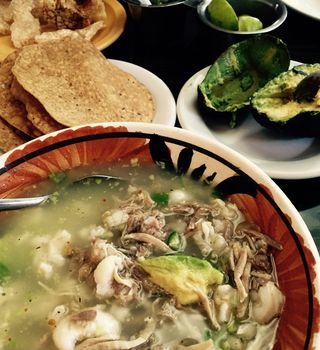
This white pozole from Mexico's state of Guerrero ranks close to the top of Mexico Cooks!' list of best pozoles in Mexico. The pozolería (pozole place) is right here in Mexico City–come with us next time, we go as often as we can.
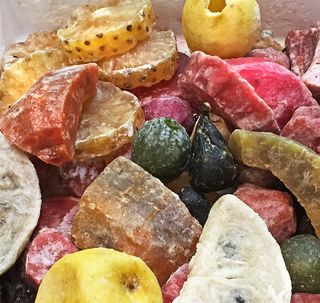
A selection of beautiful crystallized fruits at Mercado Medellín, one of the several Mexico City markets where Mexico Cooks! takes tours. In the photo from nine o'clock: sweet potato, pineapple, whole orange, more sweet potato, squash, and at six o'clock, chilacayote squash and another orange. The inner group consists of squash, a limón, and a fig.
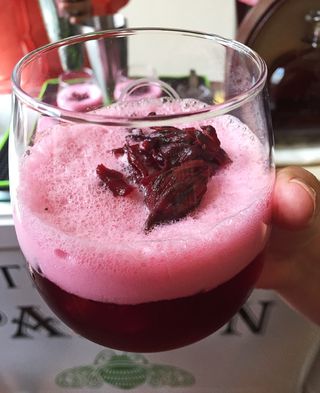
Sangre de cora, a drink prepared with tequila, sweet agua de jamaica, and frothy egg white. It's adorned with jamaica blossoms. Jamaica is a cousin of Mexico's hibiscus; in English, it's called roselle. The drink takes its name from the Cora indigenous group, which is native to western Jalisco and the coastal state of Nayarit.

They look like gears, don't they? Actually, these are molinillos (chocolate frothers), stacked up for sale at a Oaxaca market. There's nothing else like this market in all of Mexico– Mexico Cooks! would be delighted to take you along for a tour!
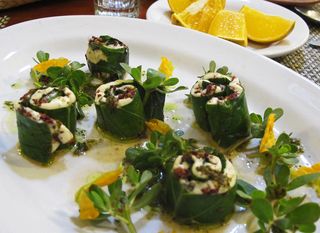
Oaxaca is filled with culinary delicacies not seen elsewhere in Mexico. Here, a platter of Oaxaca quesillo (think string cheese, but a million times better) stuffed with tiny chapulines (grasshoppers) and rolled jelly-roll fashion in anise-flavored hoja santa (holy leaf). This is one of the most delicious things Mexico Cooks! has eaten in 2015. Thank you, Restaurante Las 15 Letras!
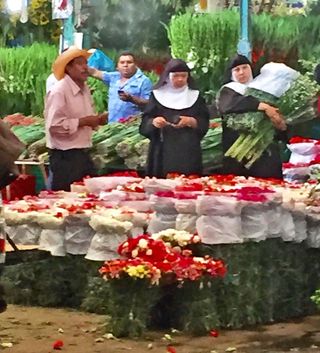
Carmelite nuns buying carnations by the armload at Mexico City's wholesale flower market. An entire bundle of these flowers, the size of the paper-wrapped flowers standing on the floor, will set you back about 70 pesos–less than $4.50 USD.
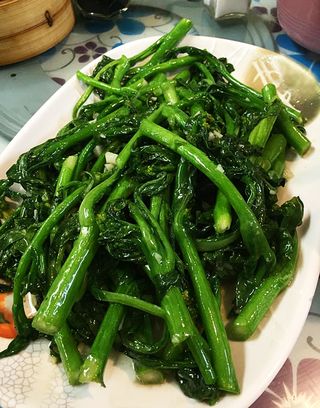
And now for something completely different–gai lan (Chinese broccoli), stir-fried with garlic, as served at our favorite Chinese restaurant: Jing Teng.
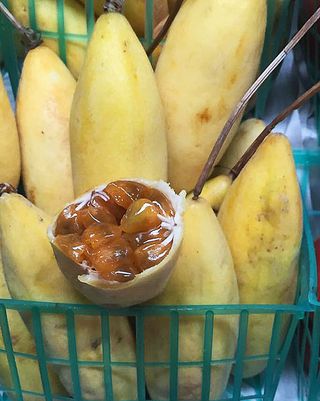
These exotic fruits from South America are curuba–banana passionfruit. Each fruit is approximately 3" long and an inch in diameter. The sweet pulpy seeds are reminiscent of normal passionfruit, but less acidic. The skin isn't eaten. We recently saw these at one of our favorite downtown markets.
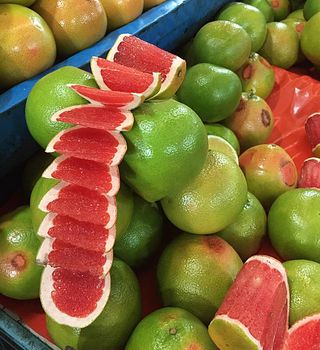
Look at the color of the flesh of these ruby red grapefruits! Mexico Cooks! was particularly taken with the extraordinary cut made by the vendor to display (and give tastes of) the fruit.
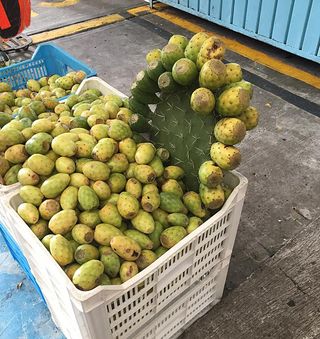
Mexico's own tuna–aka the prickly pear cactus fruit. The market vendor who offered these for sale had brought along the entire cactus paddle to show clients how the fruit grows.

The tuna has a zipper-skin that's so simple to peel. Just cut off each end of the tuna, make a lengthwise slit in the skin, and peel the skin away from the flesh. Easy-peasy! The tuna's texture is similar to that of watermelon, the flesh is sweet and refreshing, and the seeds are swallowed. Served chilled, they're even more thirst-quenching.

From a small restaurant in the state of Jalisco, this flan napolitano con queso (flan made with cheese) is one of the best I've eaten. My comida (main meal of the day) companion assured me that he isn't a flan fan, but one taste of this one and he said, "We should have ordered two." More the texture of cheesecake than custard, one slice of this rich, creamy dessert was plenty for the two of us.

And finally–Frida! This portrait of Mexico's iconic painter Frida Kahlo is actually a tattoo on the inner forearm of a young woman I saw on the sidewalk outside a market. Claudia very graciously allowed me to photograph just her arm. Here's yet another reason to spend some time with Mexico Cooks!: you never, never know what you'll see next in this enormous and enormously diversified city!
Looking for a tailored-to-your-interests specialized tour in Mexico? Click here: Tours.
